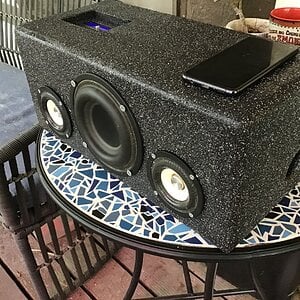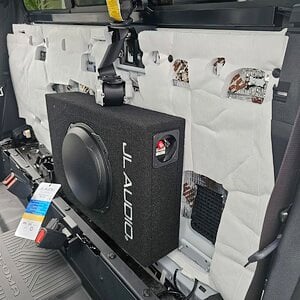RMS is the proper power numbers, any other number they list is garbage specs to trick noobs. RMS is just what kind of power a speaker can take, not really a measurement of loudness.
sensitivity IS a measurement of how efficient/loud the speaker will get with the amount of power it takes in.
A speaker handling 150 watts rms but has the sensitivity rating of 82db vs a speaker handling 40 watts rms with a sensitivity rating of 106 db, the 2nd speaker will be much MUCH louder on 40 watts vs the other speaker on 150 watts.
However sensitivity is not everything brand name matters too, because whats the use of a speaker getting loud when it sounds like sh*t doing so? thats when product/brand knowledge and research on your part comes in. Google is your friend there.
Sonicelectronix has a few vids on gain setting on youtube with different methods that you can use.


